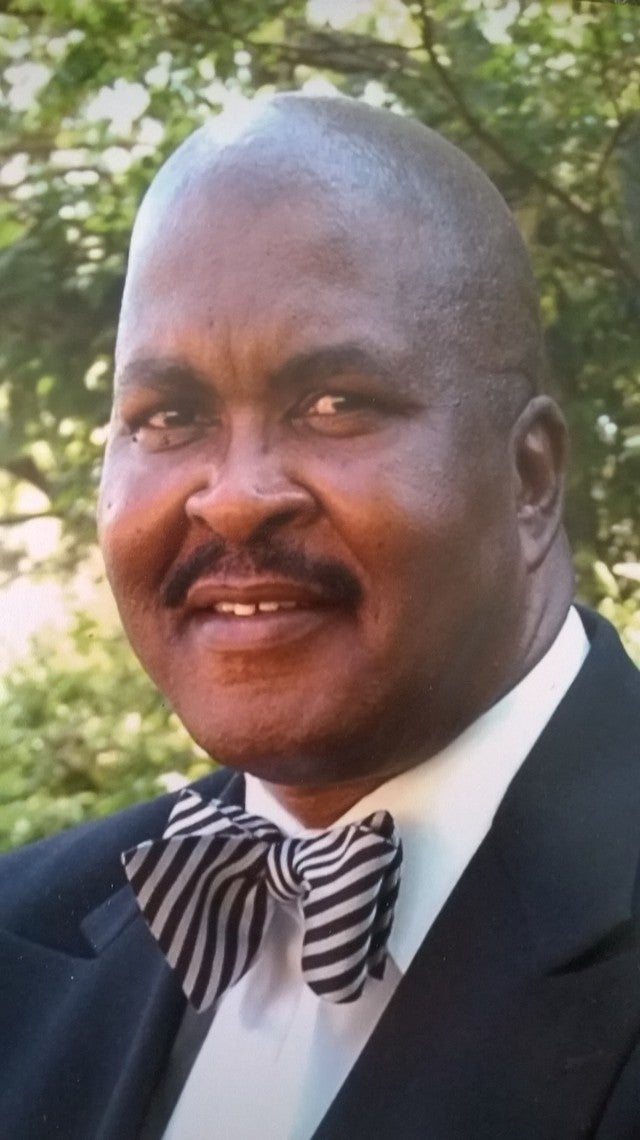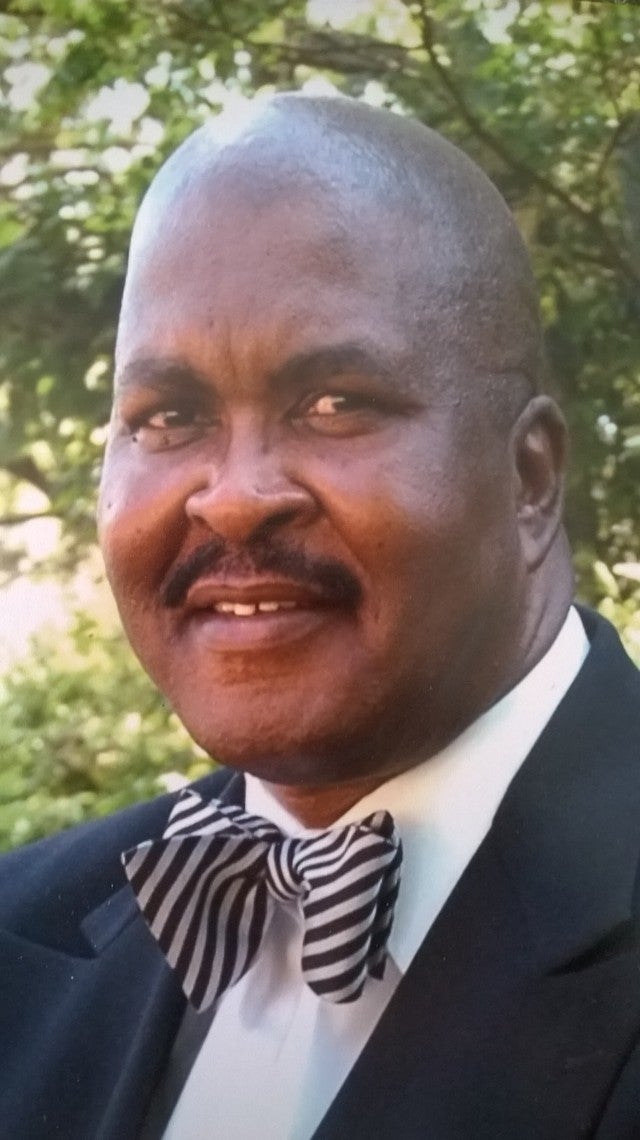Columnist: Ecstasy or just killer sex?
Published 12:00 am Saturday, December 5, 2015

The environment
“About 10 of us took the same ‘E’ (ecstasy) at the same time at an ‘E’ party of mine. Everybody was having fun and enjoying themselves. It brought me closer to my friends. Everyone looked beautiful. It shocked me at first but I felt totally secure and unashamed with all my close friends. I decided to go with the moment. My lover and I kissed until the comedown of the ‘E.’ The ‘E’ lasted at least six hours”
The comments are from a young user of ecstasy, commonly called the “love drug” or the “hug drug” or just “X.” Ecstasy accelerates the release of serotonin in the brain, creating an intense high, and filling the user with feelings of love and acceptance, emotions that teens crave the most. Some teen users are quick to say that “X” helps them achieve the super climax while they are having sex, sometimes with more than one partner!
Ecstasy, known scientifically as methylenedioxymethamphetamine, or MDMA, is a synthetic psychoactive pill that induces feelings of euphoria and has properties similar to amphetamines and hallucinogens. It is believed that some users, especially adults, enhance their hedonistic desires by mixing “X” with Viagra, the legal libido booster. MDMA is also taken orally, usually in tablet or capsule form, and its affects last about four to six hours.
MDMA is also said to suppress the need to eat, drink or sleep, enabling users to endure two-to-three day parties. For the record, “X” dramatically raises blood pressure, heart rate and body temperature, and can lead to muscle breakdown, as well as kidney and cardiovascular system failure.
In heavy doses, it can be lethal and addictive, damaging neurons in the brain. Ecstasy related emergency room visits are increasing on an annual basis according to the federal Substance Abuse and Mental Health Services Administration.
Ecstasy among teens continues to skyrocket with an estimated 2.8 million teens at least trying the drug once, according to a Partner for a Drug-Free America study (PDFA). Parents need to be aware: ecstasy is truly the drug of choice for today’s teens with many of them trying heroin as well.
They have psyched themselves into believing that “X” is the safe alternative to crack cocaine, heroin and other drugs. The Partnership for a Drug Free America surveyed teens across America and discovered that more than 12 percent of teens had tried ecstasy at least once.
Overall teen drug use remained stable between 2000 and 2001 but that has changed dramatically especially with respect to the use of ecstasy. In fact, according to the National Survey on Drug Use and Health, in 2012 there were a reported 16,162,000 lifetime users of MDMA, 2,610,000 past-year users, and 628,000 past-month users.
The use of ecstasy can also have a psychological impact on the user and cause significant brain damage, according to research. The interesting thing about ecstasy is that users years ago rarely consumed it with alcohol, as alcohol was believed to diminish its effects. That has definitely changed.
The fact that almost 80 percent of the emergency department visits in 2008 involved ecstasy in combination with alcohol or other drugs points to another problem, as combining ecstasy with other drugs can cause severe side effects or overdose, which can be life-threatening. These emergency department ecstasy statistics show that over 30 percent involved three other drugs, and 17.5 percent involved four or more of the drugs.
So, on average 2.8 drugs were involved in all emergency departments visits in 2008 where ecstasy was also involved. It is most often distributed at late-night parties called “raves,” nightclubs and rock concert. As the “rave” and night club scene expands to Metropolitan and suburban areas across the country, ecstasy distribution that now involves drug cartels has also increased in the United States (Drug Enforcement Agency-DEA).
How to tell if your child might be using ecstasy or other drugs
Not long ago experts on substance abuse appeared on Good Morning America, a morning TV program, to inform parents that they can look for the following signs that their child could conceivably be using drugs:
Being involved in a peer group that has trouble with the law; truancy; dishonest behavior; school performance suffers greatly, extracurricular activities fall off; and moodiness.
The experts went on to say that the following, however, are indicators that are peculiar to the use of ecstasy:
Possession of pacifiers, use to stop jaw clenching, as well as lollipops, candy necklaces and mentholated vapor rub; sore jaw, from clinching teeth- part of the drug’s after effects; confusion; depression; severe anxiety; paranoia; and vomiting or nausea, from hangovers.
A very sad epilogue
It is really unfortunate that ecstasy today does not mean euphoria or a high our youth can achieve from being loved by their parents. Sadly, they turn to drugs for a high followed by lows that are unimaginable, and in too many instances end in death.


